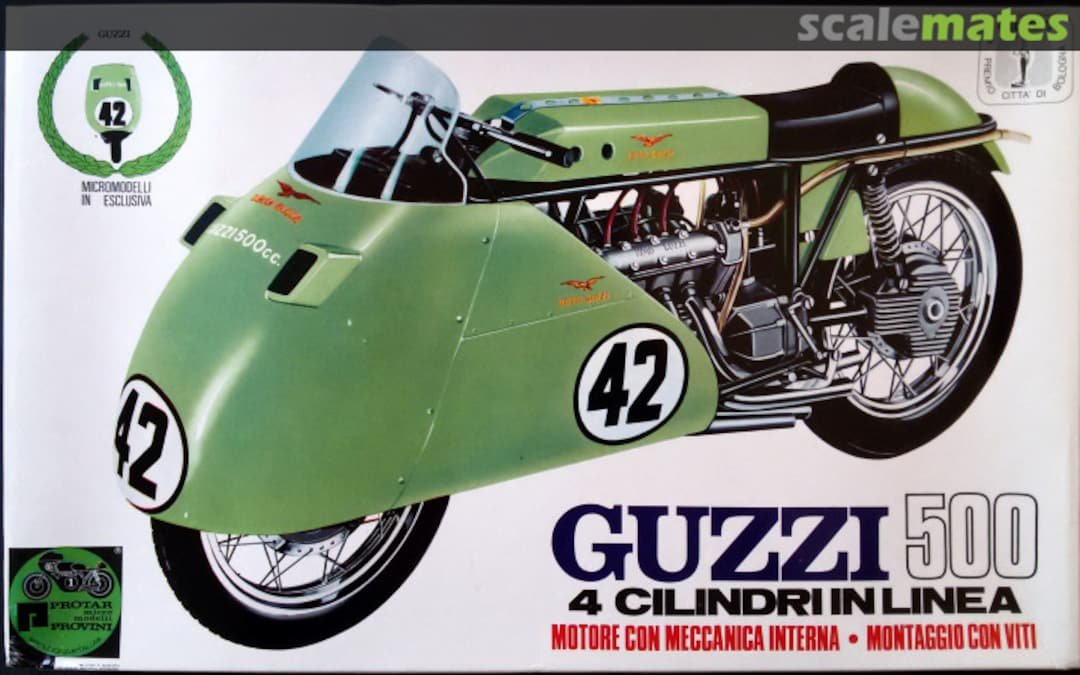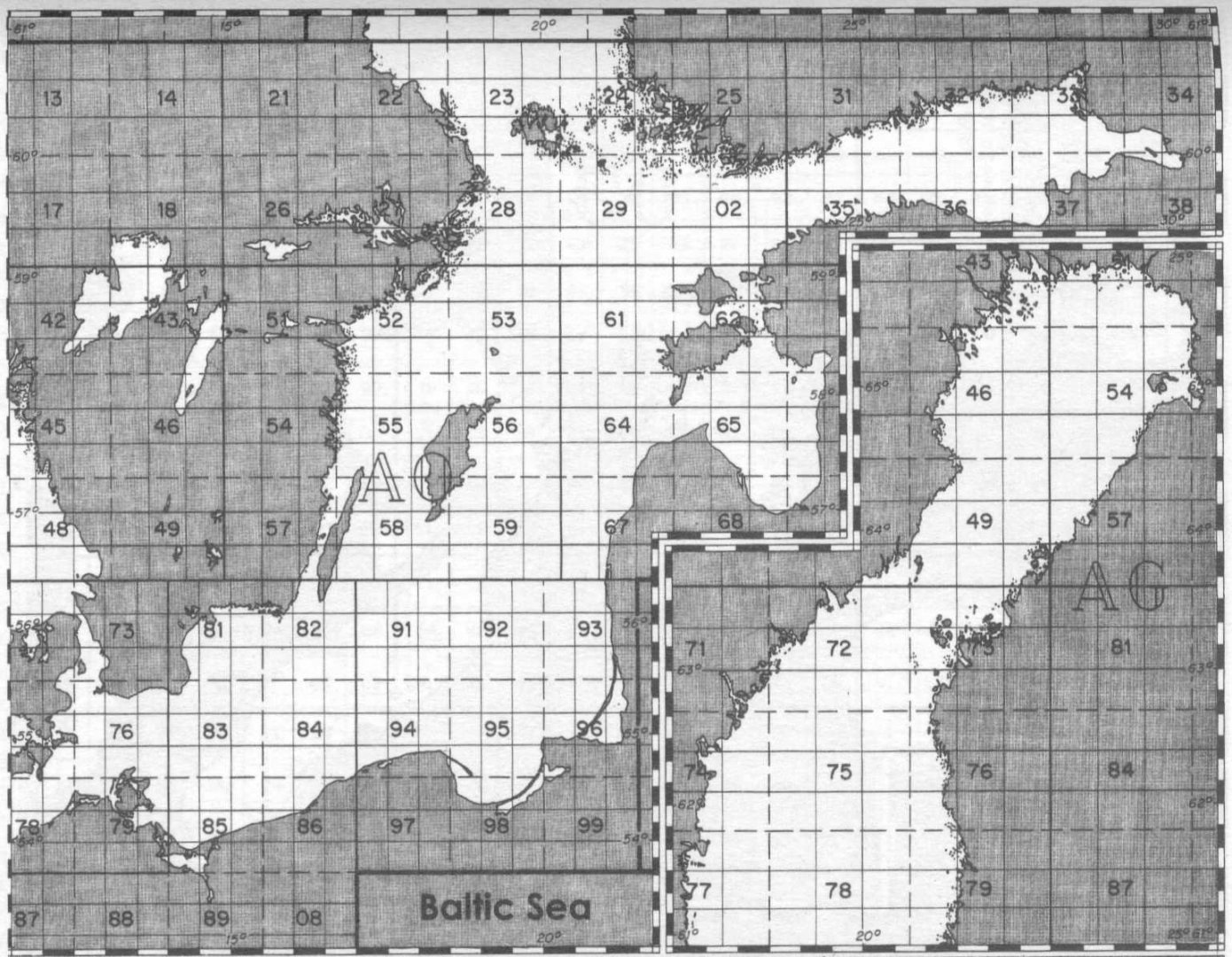-
Posts
3,582 -
Joined
-
Last visited
Content Type
Profiles
Forums
Gallery
Events
Everything posted by yvesvidal
-
Wow, lighting coming from the floor... That is a modern boat. The result is quite nice. Yves
- 337 replies
-
- finished
- mountfleet models
-
(and 1 more)
Tagged with:
-

Hawker Typhoon by Asat - Airfix- 1/24
yvesvidal replied to ASAT's topic in Non-ship/categorised builds
24 cylinders...! That explains why it needed that massive radiator. Yves -
Pocher, Rivarossi and Protar (all Italian companies more or less linked) in the 70's liked to create plastic models with working internals. I remember assembling a Moto Guzzi 500 4 in-line cylinders which had all engine parts moving and connected to the rear wheel, through a transmission shaft. What a terrific kit it was. I wish I could rebuild it today, but these kits are almost impossible to find and cost an arm and a leg. Yves
-
Beautiful ensemble of lights. Really stunning. I would dim or suppress the light in the helm cabin though..... Not sure how the Captain can see anything outside.... Were red light used in that era? Probably not. Yves
- 133 replies
-
- chaperon
- model shipways
-
(and 2 more)
Tagged with:
-
Yes, good catch. There is a large piece of machinery attached to the ceiling (go back a few posts). The cut in the pipe is to allow that large piece to slide down. The ceiling has to be inserted vertically/parallel to the floor because of the periscope wells and towers. Once in place, you will not be able to see the cut in the piping. Yves
-

Hawker Typhoon by Asat - Airfix- 1/24
yvesvidal replied to ASAT's topic in Non-ship/categorised builds
Kudos to Airfix for designing and manufacturing those big kits. Yves -
The Kontrollraum is pretty much finished. I just need to populate it with a few sailors. In the meantime, here are a few pictures of it: As you can see, the front of the compartment is completely devoid of details, to allow some view into the back wall. It is a little bit unfortunate that Trumpeter did not push the efforts to include the diving stations (two sailors sitting on the bench) and the Christmas tree of valves. A couple of views through the hatches: What you see in the center, is the computer used to calculate and program the torpedoes trajectory. In fact the computer is composed of a lot of parts, but the keyboard to enter the data is what is being shown here. More pics of details and what will no longer be visible, once the roof/pressure hull is assembled: The bench is covered with fine lamb skin.... just kidding. The two cabinets under the navigation table, are also part of the Torpedo Trajectory calculation computer. Picture above: The equipment seen on the top right corner is nothing more than the compressor to produce cold for the fridge on the other side of the wall. Verification that all compartments fit into the hull: As you can see, the fitting is not too bad for such a large and complex model: Yves
-
The ceiling/hull pressure is finished. Lots of small details which unfortunately will be very hard to see, once the lid is on. I suppose that if I wanted to display some work, I would have not chosen to build a submarine... Et voila. Yves
-
Any new development on that lovely boat? Yves
- 100 replies
-
- zulu
- vanguard models
-
(and 2 more)
Tagged with:
-
Hello Grant, Wonderful build that you are starting here. I happen to also have the exact same model that I bought a few years ago, when they were still affordable. I love Alfa Romeo cars. I only built one wheel of that incredible kit.... 😞 I will be following your build with a lot of interest and maybe it will rekindle my desire to move my kit forward. In addition to the DVD that you obtained, there is a company in the USA that specializes in after market parts for Pocher kits: https://www.modelmotorcars.com/ They have an incredible selection of parts and their gallery and models presented are absolutely fantastic: https://www.modelmotorcars.com/museum/ Looking forward to seeing your progress. Take your time and do not rush the process.... 🙂 Yves
-
I see that you use a yellow highlighter to pace and verify your progress. I do the same too. Way too many parts.... Yves
-
Slow progress on the "Kontrollraum": There are plenty of little details and parts to paint and install. The navigation table with a map of the Baltic Sea: German submariners did not use regular maps. Instead they had these coded maps with specific sectors defined, in which they were assigned patrol missions. Instead of using Longitude and Latitude like most ships and planes, the Kriegsmarine created its own Naval Grid System. The ocean area was divided in large sectors represented by two-letters. Each sector was further divided into a 3x3 matrix, resulting in nine small squares. Each square was itself divided into nine smaller squares, resulting in 81 small squares for a sector. This is what you see displayed on the map below. A so called patrol zone (a small square) was roughly equivalent to 6 square NM. Each little square was referenced by the two letters of the sector and by a four digit number. With only six characters, a submarine (or ship) could signal its position with a lot of precision. The attack periscope is getting some TLC. The lfat surface is drilled with a semi-spherical hole of 3.5 mm. A steel ball is inserted into it, to give the impression of a lens and to create some reflections as if you were seeing the ocean. The plastic pin is truncated and replaced by a steel piece to augment the realism of the device. That pin will go through the deck and get to the bottom of the periscope well, inside the main ballast. There are still plenty of small details to add and paint, as this compartment is very rich in tiny parts. Yves
-
Excellent choice of boat. Your method is impressive and I suspect there will be a lot of sanding. The good side is that the model will have a certain mass. Yves
- 54 replies
-
- allege darles
- wak
-
(and 1 more)
Tagged with:
About us
Modelshipworld - Advancing Ship Modeling through Research
SSL Secured
Your security is important for us so this Website is SSL-Secured
NRG Mailing Address
Nautical Research Guild
237 South Lincoln Street
Westmont IL, 60559-1917
Model Ship World ® and the MSW logo are Registered Trademarks, and belong to the Nautical Research Guild (United States Patent and Trademark Office: No. 6,929,264 & No. 6,929,274, registered Dec. 20, 2022)
Helpful Links
About the NRG
If you enjoy building ship models that are historically accurate as well as beautiful, then The Nautical Research Guild (NRG) is just right for you.
The Guild is a non-profit educational organization whose mission is to “Advance Ship Modeling Through Research”. We provide support to our members in their efforts to raise the quality of their model ships.
The Nautical Research Guild has published our world-renowned quarterly magazine, The Nautical Research Journal, since 1955. The pages of the Journal are full of articles by accomplished ship modelers who show you how they create those exquisite details on their models, and by maritime historians who show you the correct details to build. The Journal is available in both print and digital editions. Go to the NRG web site (www.thenrg.org) to download a complimentary digital copy of the Journal. The NRG also publishes plan sets, books and compilations of back issues of the Journal and the former Ships in Scale and Model Ship Builder magazines.





